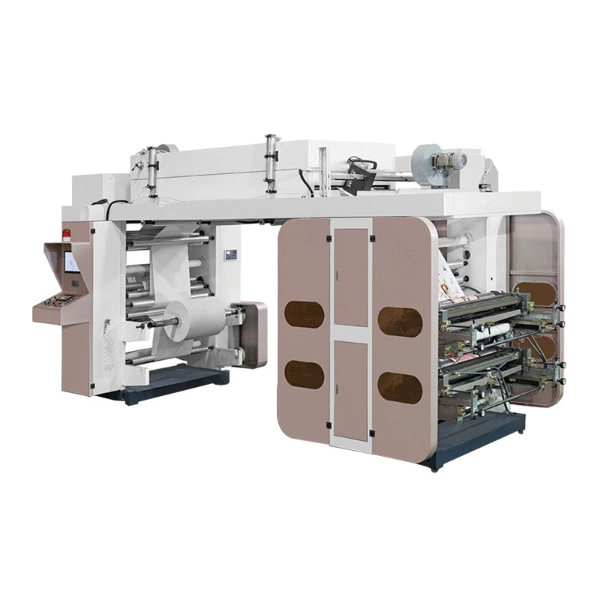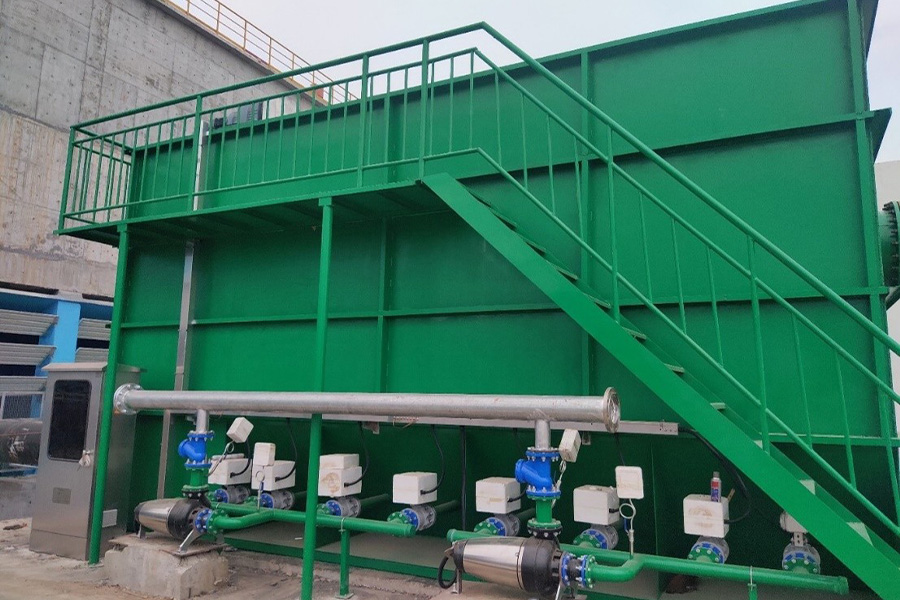In the ever-evolving landscape of e-commerce and food distribution, shipping frozen food presents unique challenges and opportunities. As consumers increasingly demand convenience and quality, businesses must find cost-effective methods to deliver frozen products without compromising their integrity. This article delves into the most economical strategies for shipping frozen food, ensuring that both businesses and consumers can benefit from efficient logistics.
Understanding the Challenges of Shipping Frozen Food
Shipping frozen food requires meticulous planning and execution. The primary challenges include:
- Temperature Control: Maintaining the required temperature is crucial to prevent spoilage and ensure food safety.
- Packaging: Choosing the right packaging materials that provide insulation and protection during transit.
- Shipping Duration: Longer shipping times can lead to thawing, necessitating faster delivery methods.
- Cost Management: Balancing the costs of shipping with the need for quality preservation.
Cost-Effective Strategies for Shipping Frozen Food
- Optimize Packaging Solutions
One of the most significant factors influencing shipping costs is packaging. Here are some cost-effective packaging strategies:
- Insulated Containers: Use high-quality insulated boxes that can maintain low temperatures for extended periods. Materials like Styrofoam or vacuum-insulated containers are effective but can be costly. Consider bulk purchasing to reduce costs.
- Dry Ice vs. Gel Packs: While dry ice is effective for maintaining low temperatures, it can be expensive and requires special handling. Gel packs are a more economical alternative, especially for shorter shipping durations. Evaluate the shipping distance and time to choose the best option.
- Custom Packaging: Invest in custom packaging solutions that fit your products perfectly. This minimizes the use of packing materials and reduces shipping weight, ultimately lowering costs.
- Leverage Technology for Route Optimization
Utilizing technology can significantly reduce shipping costs. Here are some ways to leverage technology:
- Shipping Software: Invest in shipping software that provides real-time data on shipping rates and delivery times. This allows businesses to choose the most cost-effective carriers and routes.
- Temperature Monitoring Devices: Implement temperature monitoring devices in your shipments. These devices can alert you to temperature fluctuations, allowing for timely interventions that can prevent spoilage and loss.
- Choose the Right Shipping Carrier
Selecting the right shipping carrier is crucial for cost management. Consider the following:
- Negotiated Rates: Establish relationships with multiple carriers and negotiate rates based on shipping volume. Many carriers offer discounts for bulk shipping or regular customers.
- Regional Carriers: Explore regional carriers that specialize in frozen food delivery. They often provide competitive rates and faster delivery times compared to larger national carriers.
- Freight Consolidation: If shipping large quantities, consider freight consolidation services. These services combine multiple shipments into one, reducing overall shipping costs.
- Timing is Everything
Timing your shipments can lead to significant savings:
- Off-Peak Shipping: Ship during off-peak times when carriers offer lower rates. Avoid weekends and holidays when demand is high.
- Scheduled Deliveries: Plan deliveries to coincide with customer availability. This reduces the likelihood of missed deliveries and the associated costs of reshipping.
- Educate Your Customers
Educating your customers about shipping options can lead to better decision-making:
- Transparent Pricing: Clearly communicate shipping costs and options at checkout. Offering multiple shipping methods allows customers to choose based on their budget and urgency.
- Promote Bulk Orders: Encourage customers to order in bulk to take advantage of lower shipping rates. This not only saves them money but also reduces your shipping costs per unit.
Conclusion
Shipping frozen food doesn't have to break the bank. By optimizing packaging, leveraging technology, choosing the right carriers, timing shipments wisely, and educating customers, businesses can significantly reduce their shipping costs while ensuring the quality and safety of their products. As the demand for frozen food continues to rise, implementing these strategies will not only enhance customer satisfaction but also improve the bottom line. Embrace these cost-effective solutions to stay competitive in the dynamic food shipping industry.




